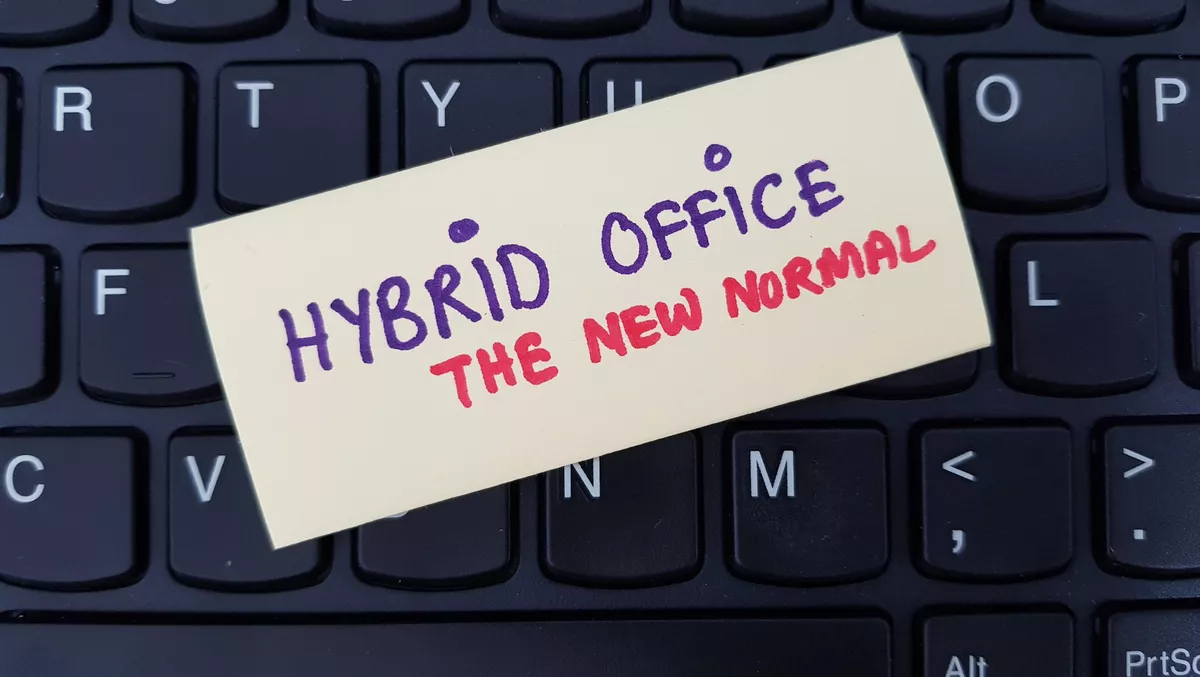
70% of ANZ companies struggle with hybrid work - ADAPT
The Australian research and advisory organisation (ADAPT) has called on Australian digital leaders to adopt five practices to improve employee experience amidst severe and lasting skills shortages.
ADAPT has released a survey of 150 ANZ digital leaders, representing organisations responsible for one-third of Australia's $1.8 trillion GDP and over one million staff, local research and advisory organisation. The survey found that 70% of employees continue to struggle to adapt to fit today's connected workplace between the home and the office environment. And that 60% of companies plan to uplift employee experience in the next 12 months. However, only 20% expect to allocate more funding to the effort.
It also found that 47% of workers struggle to find the correct information, with resources now residing in a disjointed set of new and existing communications tools. And that 24% of employees find it challenging to collaborate with remote colleagues, leading them to feel disconnected from peers and the organisation's purpose.
"The skill's shortage is continuing to bite," says ADAPT senior research analyst, Shane Hill.
"This is leading to many employees having the Great Realisation: a desire for fulfilling work that fits into their livelihoods. Companies can't expect to retain top performers using outdated ways of working, so leaders must empower individuals to do good work, and on their terms."
In response to the findings, ADAPT has developed five best practices for the future of work to ensure greater employee engagement and retention:
Improve organisational culture in work from anywhere settings
The study found only 38% of digital leaders have successfully evolved organisational culture to fit the connected workplace. Hill says the difficulties of collaborating via digital channels create new barriers to collaboration, stifling culture development.
He says developing organisational culture in a connected workplace is possible if digital leaders promote engagement, are authentic, and simplify access to key insights through new work practices that better suit today's environment wherever possible.
Empower decentralised workforces with intelligent enablement
ADAPT believes intelligent enablement will underpin how individuals can do meaningful work on the terms that suit them. It encompasses process automation decision enablement and allows organisations to capture and create value better.
"Digital leaders do not limit their priorities to when or where work is done," says Hill. "They focus instead on how to enable individuals to do work that is meaningful and look for opportunities to remove unnecessary blockers in how that work is done."
Re-imagine employee experience through an inclusive lens
"It's vital for digital leaders to design deliberate, flexible policies that can cater to individual working preferences, whether their employees desire greater collaboration and team presence, or self-determination and space," says Hill.
He says the connected workplace will require new leadership behaviours, such as trust, authenticity, and vulnerability. Employee inclusion will result from asking the right questions to identify when individuals crave connection or prefer deliberation.
Develop measures that focus on connection and cohesion
Hill says productivity alone fails to capture the essence of a connected workplace. He advises organisations to measure leadership authenticity, team connection, ease of retention, and employee engagement to retain top talent.
He says productivity based on presenteeism will fail to capture an employee's sense of belonging, ability to connect, and ultimately, the untapped potential in the workforce.
He says consider new measures such as:
- Measuring social currency and belonging at a team and department level
- Correlating rates of connection to ease of staff retention
- Benchmarking human capital costs against customer experience and value
- Calculating the impact of leadership style changes on workforce fulfilment.
- Prevent decision paralysis using opportunity cost analysis
According to Hill, organisations that can clearly articulate their three or five-year vision with employees and empower them to execute will create the capacity to adapt in an uncertain operating environment.
"Inaction is expensive," he says. "Rather than await certainty or get bogged down in the details, leaders must prioritise progress over perfection. Use the concept of net present disruption to secure executive support and gain from the resulting momentum."


